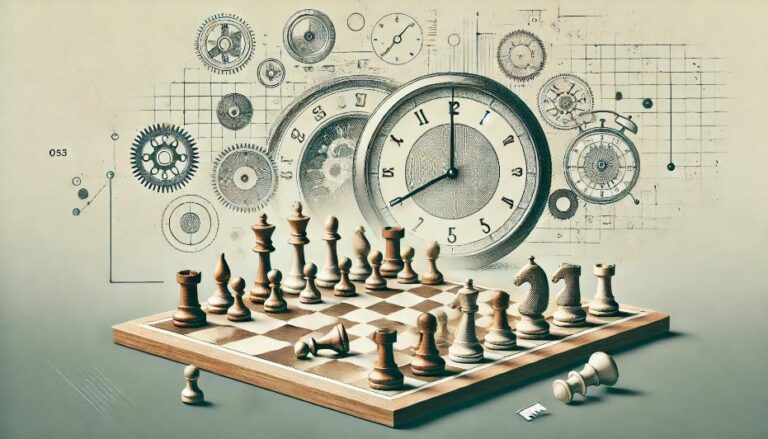The History of Chess Clocks
The use of chess clocks in modern gameplay can be traced back to the 19th century when the game of chess started to become more organized and formalized. Before the invention of chess clocks, players would often rely on their own sense of time, which often led to disputes and arguments during matches. The first recorded use of a chess clock was in 1883 during the London tournament, where a timing device was used to regulate the time of each player´s moves.
However, it wasn´t until the early 20th century that chess clocks became more commonly used in tournaments and matches. The invention of the mechanical chess clock by Thomas Bright Wilson in 1883 was a significant advancement in the development of chess clocks. This clock consisted of two separate clocks with a shared pendulum, allowing players to see their time and their opponent´s time simultaneously. In 1900, the first electrical chess clock was invented by Maurice Hartland in the United Kingdom, which further improved the accuracy and consistency of timing in chess matches.
Today, with the advancement of technology, chess clocks have become even more precise and sophisticated, with digital clocks becoming the standard in most tournaments and matches. However, the basic principles and concept behind the use of chess clocks remain the same – to regulate the time of each player´s moves and prevent players from exceeding their allotted time.
The Importance of Chess Clocks in Modern Gameplay
Chess clocks play a crucial role in modern gameplay, especially in competitive settings. They serve as a way to keep track of the time and ensure that each player has an equal amount of time to make their moves. This not only adds a strategic element to the game but also helps to maintain the pace and flow of the game. Chess clocks also reduce the possibility of disputes and arguments between players regarding the time taken for moves. In case of any discrepancies, the chess clock serves as an official record and can be referred to for resolution.
One of the most significant advantages of chess clocks in modern gameplay is that they add an element of urgency and pressure to the game. Players not only have to focus on making the right moves but also have to manage their time efficiently to ensure they don´t run out of time and lose the game. This adds a unique dynamic to the game, making it more challenging and exciting.
Types of Chess Clocks
As mentioned earlier, chess clocks have evolved significantly over the years, with different types of clocks being used in modern gameplay. The most common type is the digital chess clock, which uses electronic components to measure and display time. These clocks are more accurate, and many modern digital clocks also come with additional features like different time control settings and recording capabilities.
Another type of chess clock is the analog clock, which uses mechanical components, such as gears and springs, to measure time. While not as commonly used as digital clocks, some players prefer analog clocks for a more traditional feel and to reduce the chances of any electronic malfunctions during a game. Additionally, some tournaments still use analog clocks as they are less expensive and easier to replace if needed.
Chess Clock Rules and Regulations
In modern gameplay, the rules and regulations for using chess clocks are defined by the World Chess Federation (FIDE). According to FIDE, both players must make a specific number of moves within a designated time period, and each move must be completed before the player´s remaining time reaches zero. Typically, players are given 90 minutes for the first 40 moves, followed by an additional 30 minutes to make the rest of their moves. There are also increment time controls, where players are given a certain amount of time per move to compensate for the time used up in previous moves.
In case a player runs out of time, they automatically lose the game, regardless of their position on the board. However, if a player has a winning position and runs out of time before checkmate, the game is considered a win for the player with the remaining time. Additionally, players are not allowed to adjust their clock levels after the game has started, and can only do so with the permission of the arbiters.
Conclusion
In conclusion, chess clocks have played a significant role in modern gameplay, adding a level of precision and competition to the game. They have evolved from simple mechanical clocks to sophisticated digital clocks with various features, but their purpose remains the same – to regulate the time of each player´s moves and ensure fair play. With the continuous advancements in technology, it will be interesting to see how chess clocks continue to impact the game of chess in the future.

